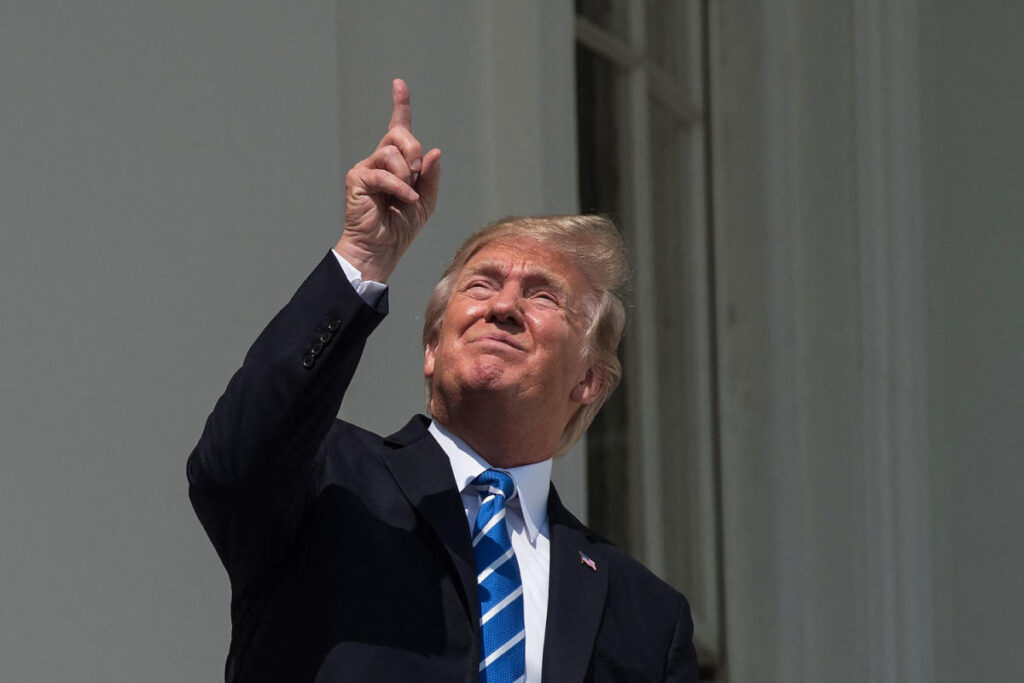In recent developments, President-elect Donald Trump announced his intention to eliminate daylight saving time (DST) once he assumes office. Through a statement on his social media platform, TruthSocial, Trump highlighted that while DST has a dedicated but minor following, he views it as inconvenient and expensive for the nation. Trump’s declaration aligns with the sentiment expressed by influential advisers, including tech entrepreneur Elon Musk and author Vivek Ramaswamy, who have both criticized the practice. Musk recently shared on X that the public seems to favor abolishing the “annoying” time changes, while Ramaswamy echoed that the current system is inefficient and easy to adjust.
The conversation around DST within Trump’s circle has been varied, with notable dissent originating from his son, Donald Trump Jr. He publicly advocated for retaining the daylight saving time changes, indicating a distinction from his father’s stance. Trump Jr. showed support for Musk’s view that the system should remain as is, reflecting the complexity of opinions even within the Trump family. This dynamic highlights the ongoing debate regarding the merits and drawbacks of DST, which has been a topic of discussion for many years.
In 2022, a Senate proposal aimed at establishing permanent daylight saving time was passed, indicating that there is significant political interest in reforming the system. With co-sponsorship spanning both parties, some prominent legislators like Senator Marco Rubio have expressed sustained support for making DST permanent. Following the Senate’s approval, the initiative faced obstacles in the House, leading to a stalled progress that Rubio is eager to revive. Trump has indicated plans to nominate Rubio as Secretary of State, although speculation continues about who might take his place in the Senate.
Daylight saving time was initially introduced in the U.S. during World War I as a measure to conserve energy. However, its reception has been mixed, with states like Hawaii and certain regions of Arizona opting out entirely. This illustrates the divided sentiments surrounding the practice, as localities assess the implications of adjusting their clocks. The federal approach to DST has long sparked discussions on its efficacy, prompting various states to reevaluate the necessity and impact of the time changes.
The push to either abolish or maintain daylight saving time has gained traction among several policymakers and influencers, suggesting that this issue resonates with a broader audience. Each perspective brings to light the multifaceted considerations surrounding time management, efficiency, public wellness, and economic implications. As Trump prepares to take office, the debate may intensify, particularly if aligned groups advocate for a reassessment of DST’s role in modern society.
In conclusion, the dialogue around daylight saving time bridges a variety of viewpoints and potential legislative actions. As Trump and his administration contemplate their strategy regarding this time change, it remains to be seen how coordinated efforts will be structured to navigate these discussions effectively. The focus will likely stay on public sentiment, economic assessments, and the personal convictions of key figures within the administration as they consider the future of DST in the United States.

